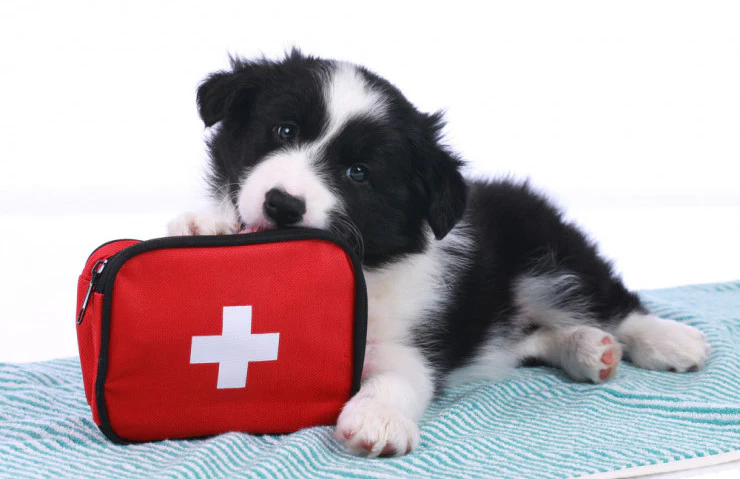
As devoted pet owners, it’s essential to be equipped with the knowledge and skills to provide immediate care during unexpected emergencies.
From wounds and fractures to choking and poisoning, understanding standard pet first aid techniques can be a lifesaver.
In this article, we explore practical pet first aid tips every responsible pet owner should be familiar with, so they can respond confidently in the event of various health emergencies.
Even when you empower yourself by learning essential first aid techniques, unexpected accidents and illnesses can happen, so consider getting pet health insurance.
Click here to explore cheap pet insurance coverage, ensuring immediate care and minor financial strain when your furry friend needs it most. Don’t wait for a crisis to occur – start prioritising their well-being in advance.
Meanwhile, become proficient in the following pet first aid techniques to handle unexpected health situations with greater efficiency.
First aid techniques pet owners should know
Being prepared for pet emergencies is crucial for every pet owner. Some common pet first-aid procedures are listed below.
1. CPR (Cardiopulmonary Resuscitation)
- Check for breathing and a heartbeat.
- Administer rescue breaths and chest compressions if necessary.
- Seek immediate vet attention.
2. Muzzle application
- Injured pets may become scared or anxious, requiring a muzzle for safety.
- Use soft fabric or a commercial muzzle to prevent bites without restricting breathing.
3. Wound care
- Clean wounds with a mild antiseptic solution.
- Apply a sterile bandage or gauze pad and secure with a bandage wrap.
- Seek professional vet care for serious injuries.
4. Choking response
- Encourage coughing if the pet is conscious.
- Perform abdominal thrusts (Heimlich manoeuvre) for choking.
- Seek vet assistance promptly.
5. Burns and scalds
- Cool the affected area with cold water, avoiding ice.
- Cover the burn with a clean, non-stick bandage.
- Consult a vet for further care.
6. Poisoning
- Identify the ingested substance.
- Contact a vet or poison control for guidance.
- Administer activated charcoal if directed by a professional.
7. Fracture stabilisation
- Immobilise the injured limb with a splint.
- Avoid putting pressure directly on the fracture.
- Transport the pet to a vet for assessment.
8. Heatstroke prevention
- Provide shade and water during hot weather.
- If overheated, cool the pet with wet towels and a fan.
- Seek immediate vet care.
9. Eye injuries
- Avoid touching the eye.
- Rinse gently with saline solution if debris is present.
- Cover with a clean, damp cloth and seek vet help.
10. Seizure response
- Move objects away from the pet to prevent injury.
- Time the seizure and remain calm.
- Consult a vet for guidance on recurring seizures.
Being familiar with these common pet first aid techniques can be invaluable in ensuring your pet’s well-being during emergencies. However, always seek professional vet care for serious or persistent issues.
Not knowing basic pet first aid puts your pet at risk during emergencies. Delayed response to injuries, choking, or poisoning can worsen conditions.
The inability to administer CPR or handle common injuries may lead to needless suffering and aggravated health situations.
Equip yourself with essential skills to promptly address unfortunate health scenarios and ensure your pet receives immediate, life-saving care.
Don’t take any chances with your pet’s safety. Enhance your level of preparedness by considering cheap pet insurance plans.
With these pet health insurance options, you can have the peace of mind that comes with knowing you’re financially covered for unexpected emergencies, ensuring your furry friend receives the necessary care without delay.



